Experience of Japanese Mountain Culture
Minimum 1week stay
Photo _ Takayama City
Booking
Available
By traveling along the Northern Alps Trail, you will learn about the different cultural areas of Matsumoto and Takayama, such as the culture of wood and water. The most impressive thing about the Alps is that you can experience the ``resource circulation'', ``resource regeneration'', and ``regeneration of humanity'' that are all possible because of coexistence with nature.
<Matsumoto area>
・Matsumoto's topography: Abundant spring water, high rate of sunny skies, and a lifestyle overlooking the Alps
・Matsumoto Craftsmanship: The area is perfect for making furniture due to its rich forests and dry climate. ``Matsumoto Furniture'', which incorporates Western elements into Japanese furniture
<Mountain area>
・Kamikochi/Dakesawa: A vast area is a nationally designated cultural property whose nature is protected as a Special Place of Scenic Beauty/Special Natural Monument.
・Kamikochi, Norikura Kogen, Kijiya Valley nature activity program: trekking, E-MTB, barrel sauna, stream walking, OFF THE GRID COFFEE, etc.
<Takayama area>
・Hida furniture and architecture: Hida's craftsmanship culture can be felt from Ichii Ittobori and the Takayama Festival, etc.
・Ancient home in Hida Takayama: Experience the Japanese sense of family by staying in an old home (daily life, local food, relaxation, etc.)
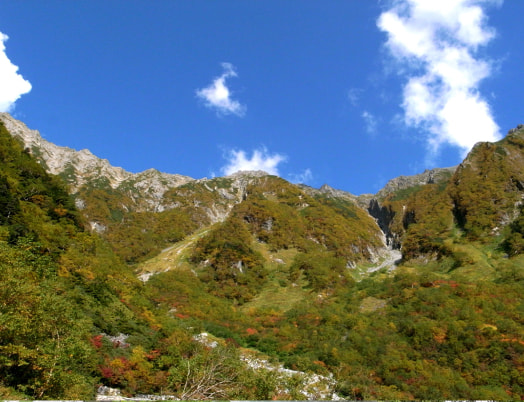
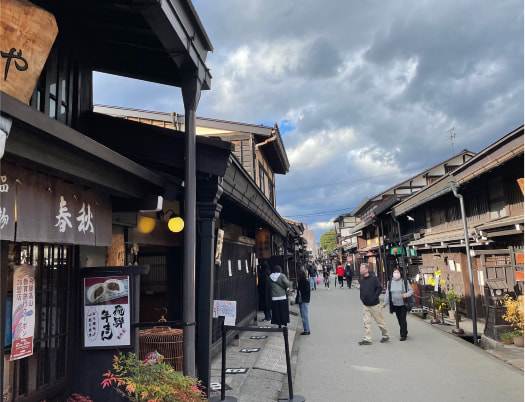
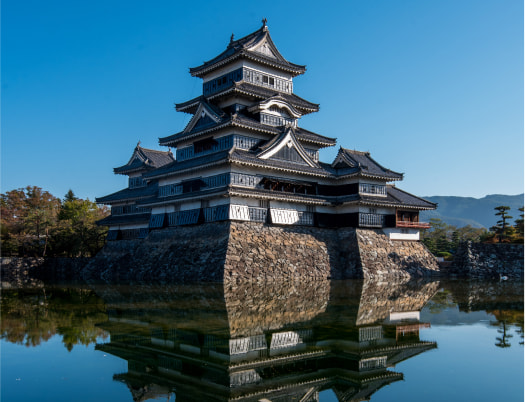
Price
950,000〜1,500,000 yen per person (tax included)
What’s included in the price
・Through Guide (1 person)
・1-6 days accommodation (breakfast and dinner included)
・2-6 days lunch cost
・Transport between Matsumoto and Takayama
・Guide for individual spots / experience price
・Insurance (travel injury cover and mountain cover)
・Surcharge and coordination
・Kita Alps Traverse Route AC Pay card service charge (3%)
Maximum party size and age
2-10 people / from middle schoolers up to 65 years
old.
*High-schoolers and below must be accompanied by a guardian.
Meeting Place
Matsumoto Station ticket gate (this can be changed on request)
Supported languages
English/Japanese
Please check the <Notes> at the bottom of this page before making a reservation.
Tour RequestSCHEDULE
Days 3-5 will be spent in the mountain. We have prepared courses by ability level: beginner, intermediate
and advanced.
Before we set off, there will be a thorough induction to the mountain area.
DAY 1
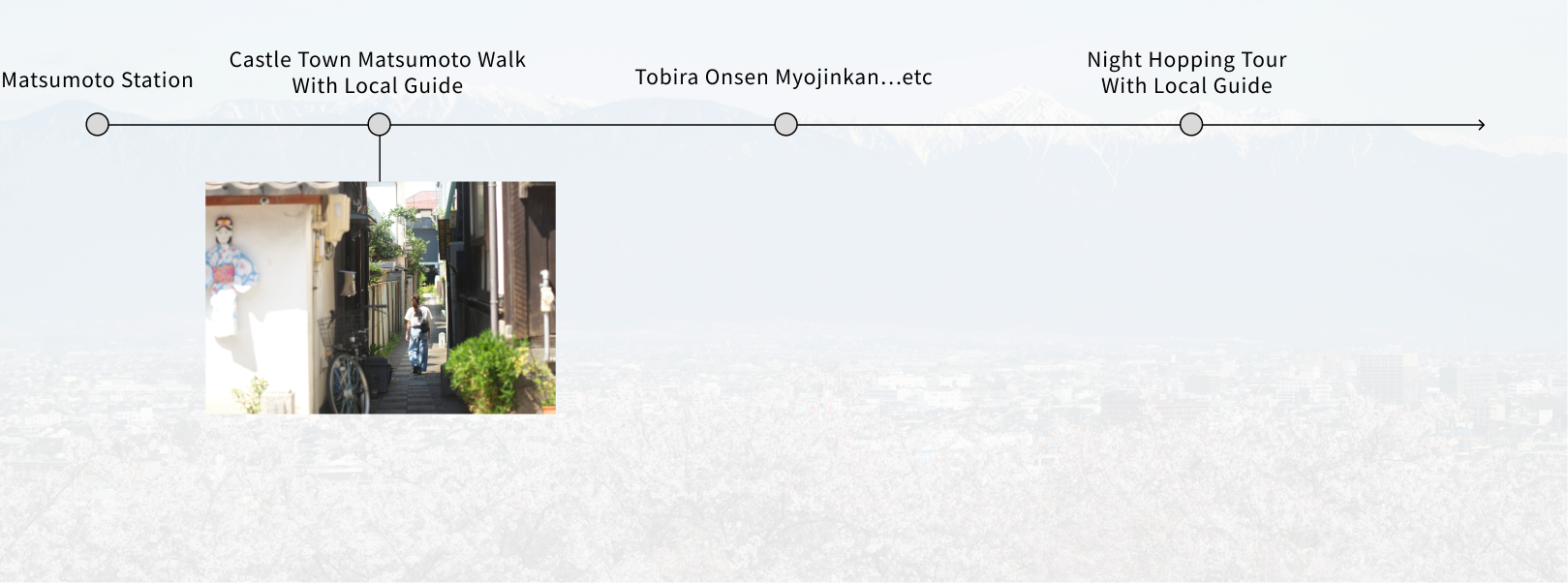
DAY 2
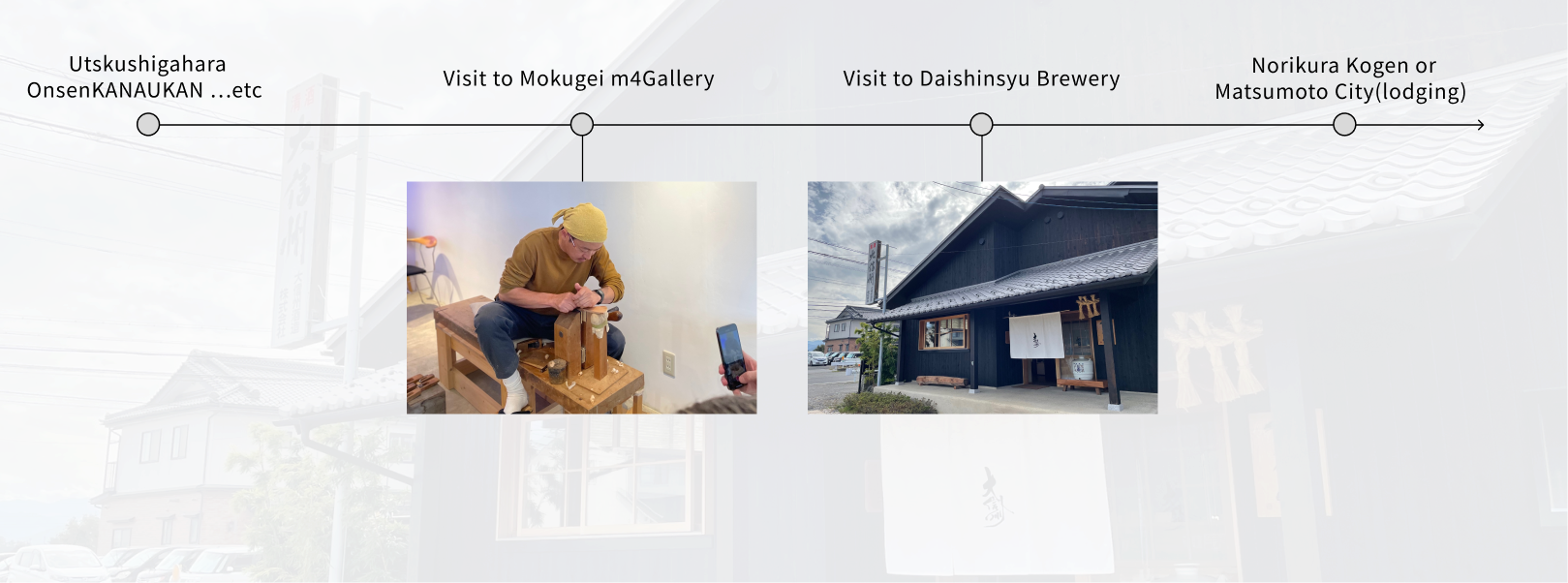
DAY 3
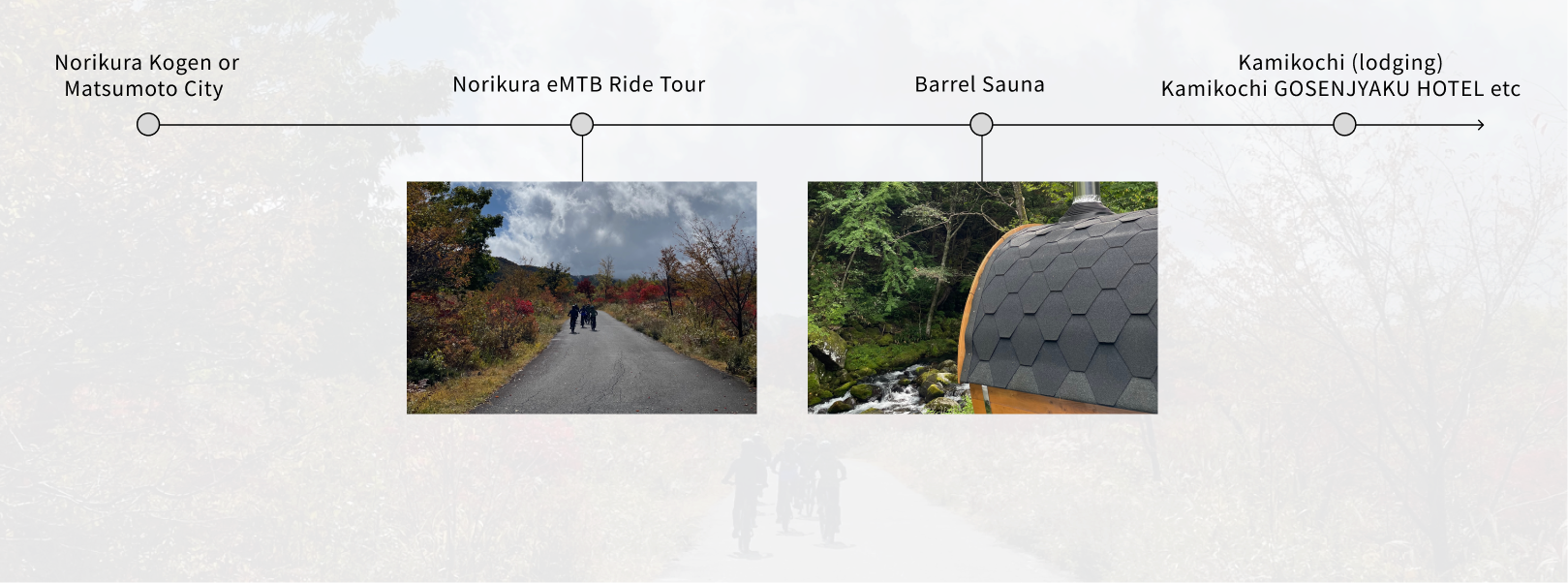
DAY 4
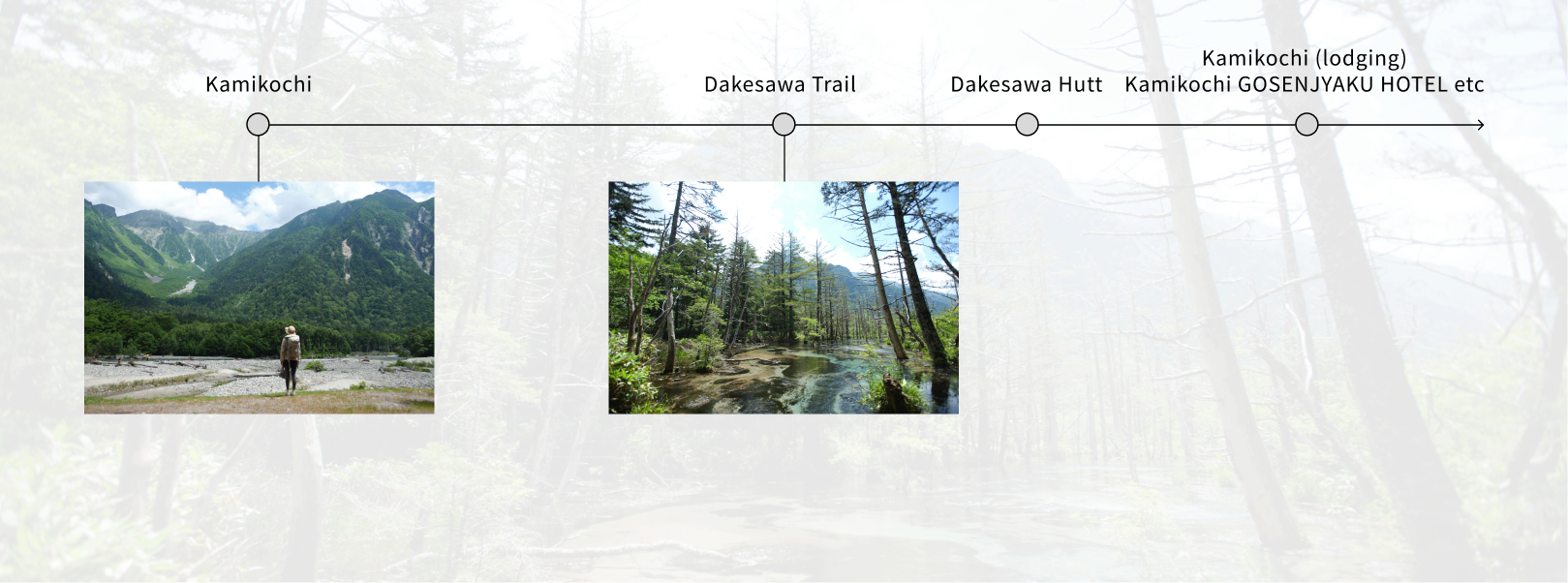
DAY 5
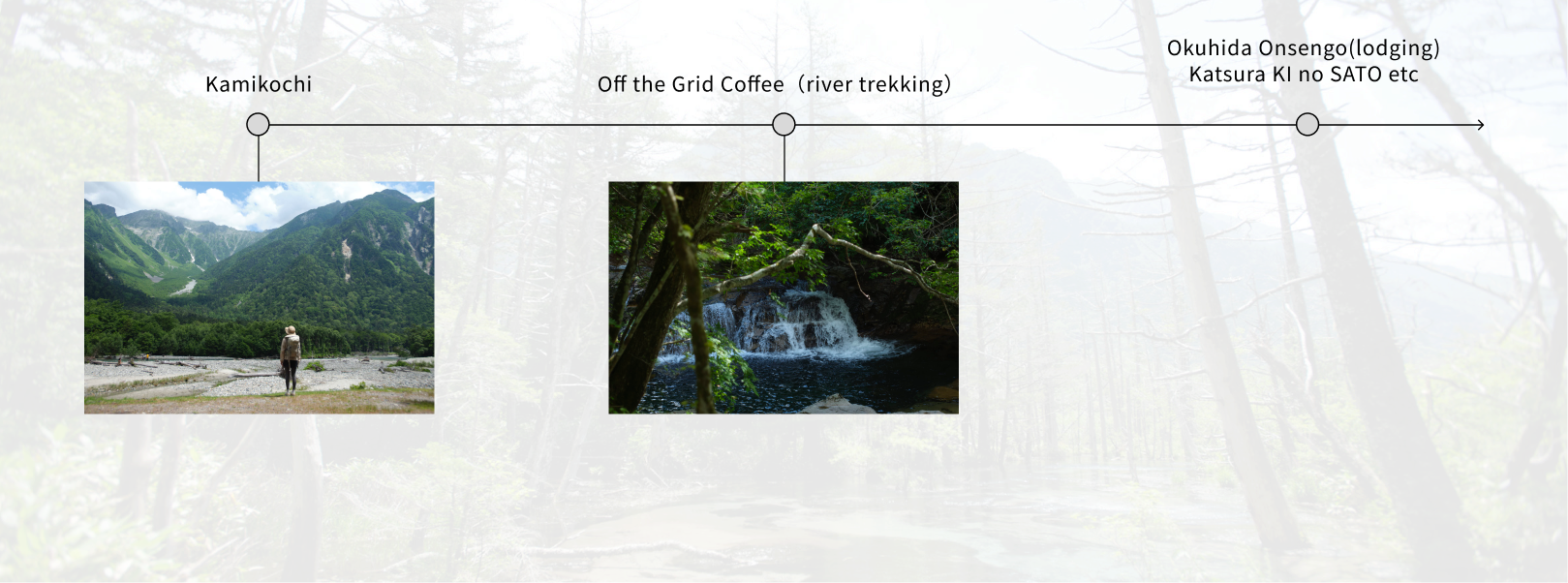
DAY 6
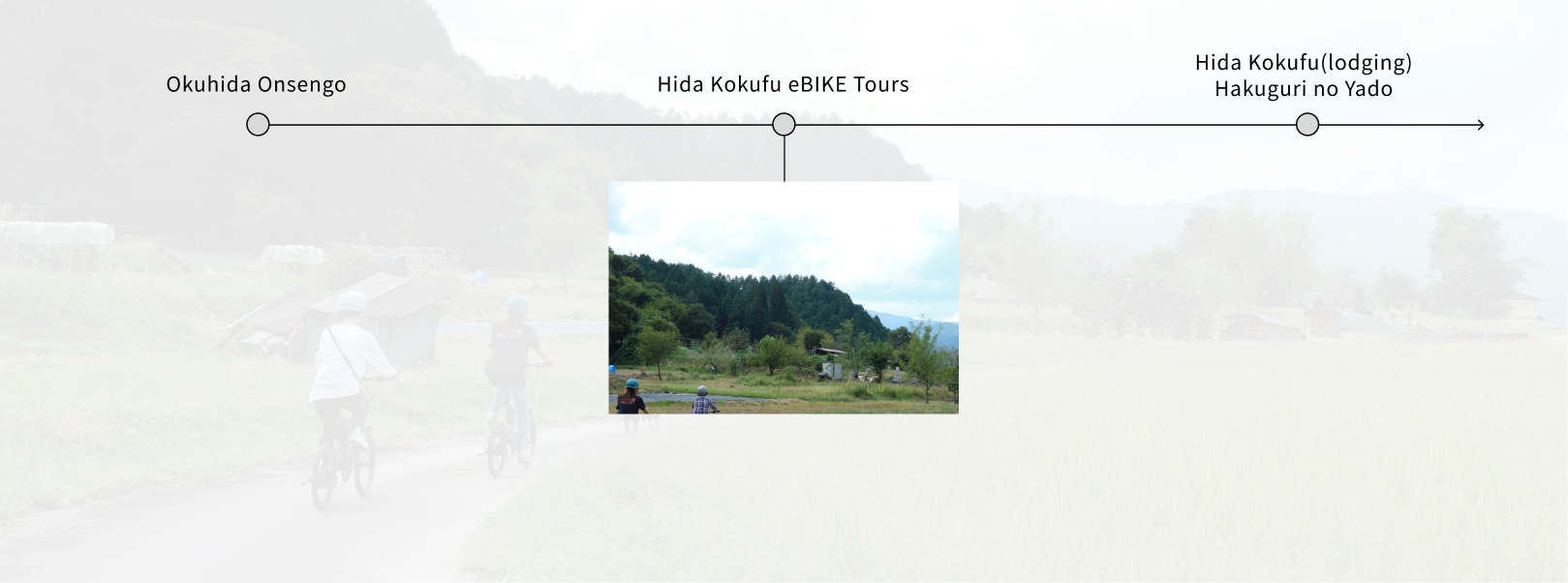
DAY 7
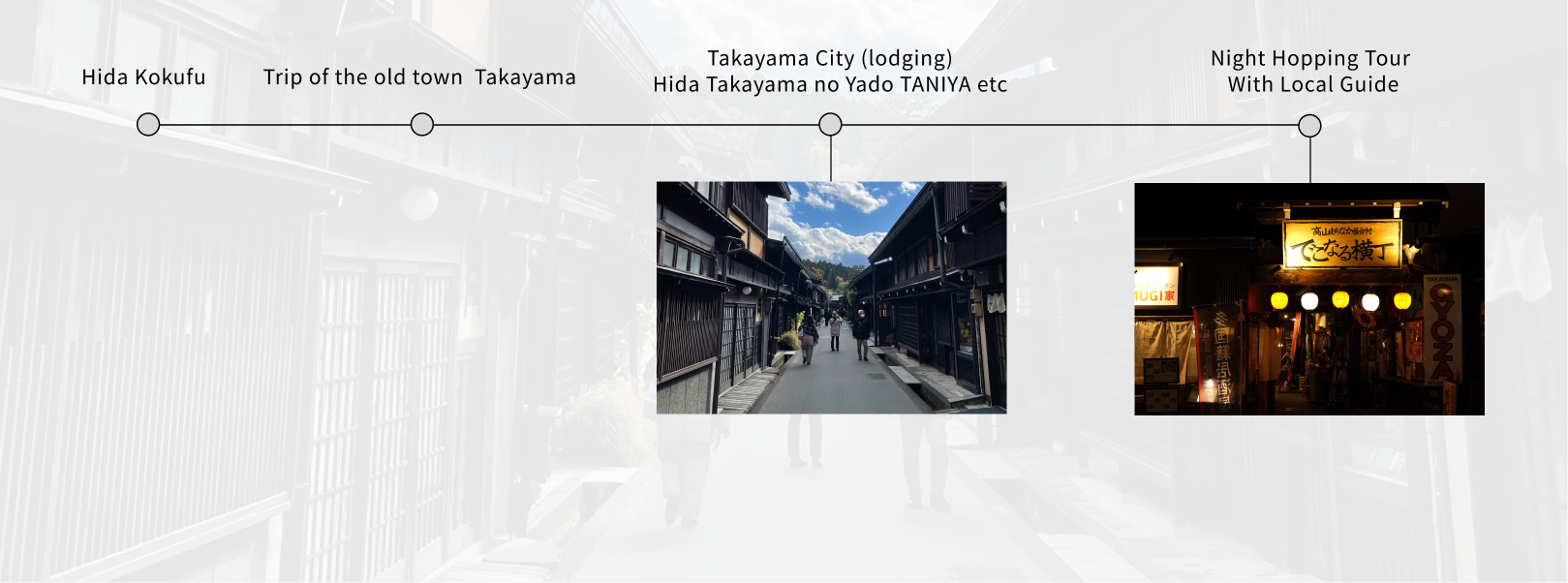
What you should prepare for the trip
(recommended
climbing gear)
Climbing shoes:
high-top type with support up to the ankle, a sturdy sole, with a lining
made of a waterproof membrane (often gore-tex or a highly water-resistant leather). Sneakers and running
shoes are not suitable. Laces should be tied in a way that they will not come undone. Purchase at a
specialist climbing store who can advise you properly. Try putting them on and taking them off and walking
around in them multiple times to make sure they fit your feet.
Climbing socks:
wool socks with a thick outer sole are
best. For multiple day courses, please bring spares.
Underwear:
made with wool or sweat absorbent, quick
drying synthetic fibers. Cotton garments are not suitable.
Bottoms:
those suitable for mountain walking and mountain climbing. They should be easy to
walk in and okay to get dirty. Stretchy, quick drying materials are best. Jeans and cotton bottoms are not
suitable.
Long sleeve shirts: suitable for mountain walking and mountain climbing made with wool or sweat absorbent,
quick-drying synthetic fibers. Cotton is not suitable.
Short sleeve shirts: t-shirts or polo shirts made with wool or sweat absorbent, quick-drying synthetic
fibers. Cotton is not suitable.
Long sleeve shirts:
suitable for mountain walking and
mountain climbing made with wool or sweat absorbent, quick-drying synthetic fibers. Cotton is not
suitable.
Short sleeve shirts:
t-shirts or polo shirts made with
wool or sweat absorbent, quick-drying synthetic fibers. Cotton is not suitable.
Hat:
with a zipper to block out sunlight. A winter hat
that covers the ears to keep them warm in the cold mountain temperatures.
Gloves:
to protect and keep the hands warm. Should also
be waterproof. Driving gloves are not suitable.
Winter wear:
wool sweater or fleeces and thick down jackets. One extra piece you can put
on when chilly, such as when taking a break or staying at a mountain lodge.
Rain gear:
Separate upper and lower layers, made of Gore-Tex or other breathable material.
Windproof and cold proof. Vinyl raincoats are not suitable. A lightweight folding umbrella is also useful.
Headlamp:
an essential item for mountain climbing. Please bring for emergency use. Please
also bring spare batteries. No handheld flashlights.
Water bottle:
combining a water bottle and thermos flask is best. The volume depends on
length of walk, season, and mountain area. Pet bottle drinks are also okay but please bring at least 1
liter.
Climbing pole:
they relieve the burden from your legs and waist when descending and help
balance you on slippery surfaces. Adjustable length type is best.
Spatz:
to keep bottoms clean, and dry in wet weather.
Map and compass:
A 1:25,000 topographic map published by the Geospatial Information
Authority of Japan or a commercially available mountaineering map. Please bring a plate compass if you
have one.
Paper:
please go to the toilet before the climb or use the facilities in the mountain
huts. Please bring water-soluble paper just in case. (if you need to use the toilet in a place where there
are none, put the used paper in a plastic bag and take it home with you.)
Portable
toilet:
to preserve the mountain environment, we recommend using a portable toilet during the
climb. Special portable toilet booths are provided on some mountains such as Mt.Rishiri, Daisetsuzan
Range, Shiretoko range, Mt.Rausu, Mt.Hayachine, and Mt.Bandai.
Mountaineering
rucksack:
something that will hold everything you need during the climb. Please bring a sack
with a capacity appropriate for the season and the itinerary. A sack cover is also a good idea in case of
rain. Shoulder bags are not allowed.
Food:
something easy to eat like chocolate, sweets,
yokan, biscuits, dried fruits.
Medical insurance:
please bring for the unlikely event
of an accident. Must be the original document.
First aid kit:
adhesive plasters, antiseptic, cold
medicine, insect repellent, etc. Please bring any medications for pre-existing medical conditions.
Sun screen:
sun blocking cream, sunglasses as needed.
Plastic bag:
to store wet clothes, and waterproof
luggage.
Precautions
Availability of Tour Guide and Accompanying
Personnel
One English-speaking through guide will accompany this tour to ensure your safety
and to coordinate the tour. An activity guide will be on hand to guide you through your experience at each
spot.
Deadline for confirming a reservation after a
request
2 weeks before the scheduled tour date.
Items not included in the tour price
Transportation, lodging, food and beverages from your home to the meeting place
Personal expenses (telephone calls, telegrams, dry cleaning, additional food and beverages, souvenirs, etc.)
Medical expenses related to injuries and scoldings
Optional travel insurance
Cancellation Policy
If the customer cancels the tour for his/her own reason after they
have entered the tour contract, the following cancellation fees will be charged per person on the tour
price.
- 21 days prior to the day before the departure date of the
trip
Free of charge
- On or after the 20th day and before the 7th day counting from
the day before the trip departure date
20% of trip fee
- On or after the 6th day and before the 3rd day counting from
the day before the trip departure date
30% of trip fee
- On the 2nd day counting from the day before the trip
departure date
40% of the trip fee
- The day before the departure date
50% of the trip fee
- On or after the day of departure
100% of the trip fee
Other:
If one accompanying person cancels the reservation or if the reservation is for one person, an additional fee of 140,000 yen per person will be charged. 40,000 yen per person will be charged for a triple occupancy.
Please use stuff bags (nylon bags), zippered plastic bags, or sack covers to securely waterproof your luggage while climbing.
Depending on the weather, season, and mountain range, climbing conditions may be as severe as winter. Be sure to take the necessary and sufficient winter protection depending on your mountaineering itinerary.
When carrying equipment that does not fit in a rucksack, such as climbing poles, or when traveling by public transportation, be careful not to cause problems for others by attaching a protector or cover and or carrying the equipment by hand.
Contact
e-mail:office@alps-kanko.jp